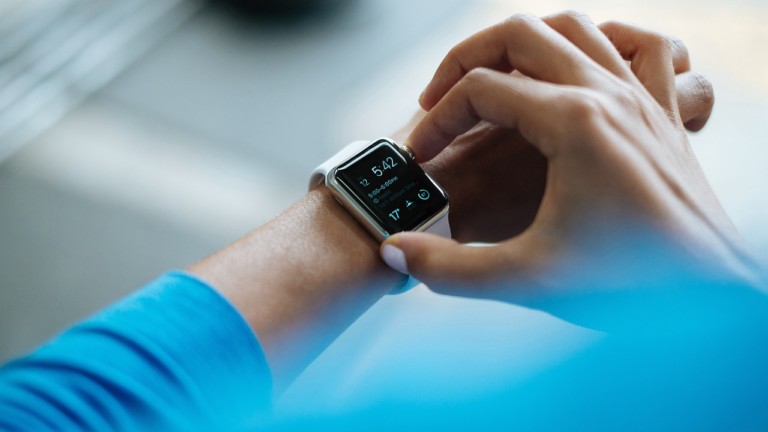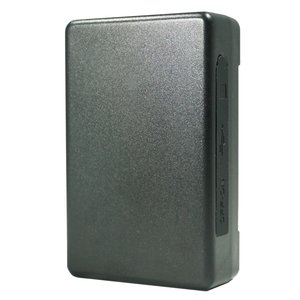How to Choose the Right Cellular GPS Tracker for your IoT Project

Whether it’s scooters or shipments, the ability to keep track of your IoT devices as they travel in real time is crucial. Without this, businesses can be left scrambling, unaware of when their asset will arrive at its destination.
Most asset tracking projects rely on cellular connectivity due to its nation-wide coverage and pre-built infrastructure. After all, connecting to 3G/4G using our smartphones is easy as long as we have a SIM card.
But there’s more to building asset tracking than simply relying on strong cellular connectivity. You need to choose hardware that will provide value to your operations year in and year out.
It’s important that you invest in a SIM-powered GPS tracker that enables you to consistently keep a watchful eye over your fleet of IoT devices. However, finding the perfect match is more difficult than it sounds as there are multiple variables to consider before you can confidently make a final decision.
Here’s a guide to choosing the perfect cellular GPS tracker for your IoT project.
Is Your Cellular IoT Project Industrial or Commercial?
Depending on your business, an “asset” can be anything from people to produce. As a result, there are certain qualities that a cellular GPS tracker should have to fit the specific needs of your project.
For instance, industrial IoT projects would likely require a ruggedized cellular IoT GPS tracker that can handle extreme temperatures, dust, humidity and vibrations.
For those that may be placed deep underground, antenna length can drastically affect coverage strength and range. Within flatbeds, reefers and tankers, cellular IoT GPS trackers that are waterproof or water resistant could provide additional flexibility in the case of a leak or flood.
In addition, industrial cellular GPS trackers that are used in hard-to-reach places and harsh environments are ideally power-efficient with some even boasting recharging capabilities. This is because limiting the amount of time and energy spent swapping batteries or performing maintenance cuts costs and keeps upkeep low.
Some GPS trackers on the market will last as long as 10 years on a full charge depending on usage, providing IoT project managers with tons of valuable uptime to gain insight from.
However, for wearable devices and other commercial applications, having a ruggedized cellular GPS tracker is not only unnecessary but could also be worse due to additional weight and size.
In many projects that involve wearable devices and asset tracking, cellular IoT GPS trackers need to be as small as possible to save space, lower weight and optimize power. Plus, it can provide IoT project managers with more design flexibility — an important part of wearables.
While this may have applications for industrial IoT projects as well — also known as IIoT — geo-fencing can allow users to set geographical boundaries that assets cannot travel past without sounding an alert.
This has a variety of different applications, from monitoring an e-scooter to make sure it doesn’t leave the city limits, to ensuring an elderly relative doesn’t leave the safety of their caregiver.
Where Can I Find the Perfect Cellular IoT GPS Tracker?
Investing in a GPS tracker is an important decision that shouldn’t be taken lightly. Whether it’s cargo or companions, Nova Mobility Solutions delivers high-performance GPS trackers for both industrial and commercial applications.

Nova understands that there isn’t a perfect solution for every IoT project which is why they offer a broad range of different cellular IoT GPS trackers to choose from, including personal, asset, vehicle and more.
For tracking your loved ones, Nova’s NMS825 and NMS820 personal trackers feature an SOS button that can ensure relatives are notified in real time in the case of an emergency. On the other hand, Nova’s NMS826 and NMS821 asset trackers deliver daily reports perfect for managing fleets or tracking cargo.
Each of Nova’s cellular IoT GPS trackers runs on 4G LTE (CAT M1) which minimizes power consumption without sacrificing coverage or reliability. In addition, their suite of IoT GPS trackers feature over-the-air capabilities, allowing users to easily update their devices remotely.

Best of all, these high-performance devices are fully compatible with Soracom cellular connectivity and its wide range of cloud services.
Like Nova, Soracom understands that there’s no single solution to every IoT business, which is why we remain 100% network agnostic. This allows us to provide our clients with a tailored connectivity solution that helps them continue to scale their operations.
With our pay-as-you-use pricing, IoT project managers can rest assured that they aren’t going to be blindsided by any minimum data charges or contractual obligations.
Soracom enables you to pay for what you use; nothing more, nothing less.
In addition, our wide range of cloud-based services provide you with endless capabilities including remote access and management, comprehensive dashboard visualization and so much more.
Are you ready to join the 15,000 businesses around the world that rely on Soracom cellular connectivity?
Book a demo today and power your GPS tracker with intelligent IoT connectivity by Soracom.





